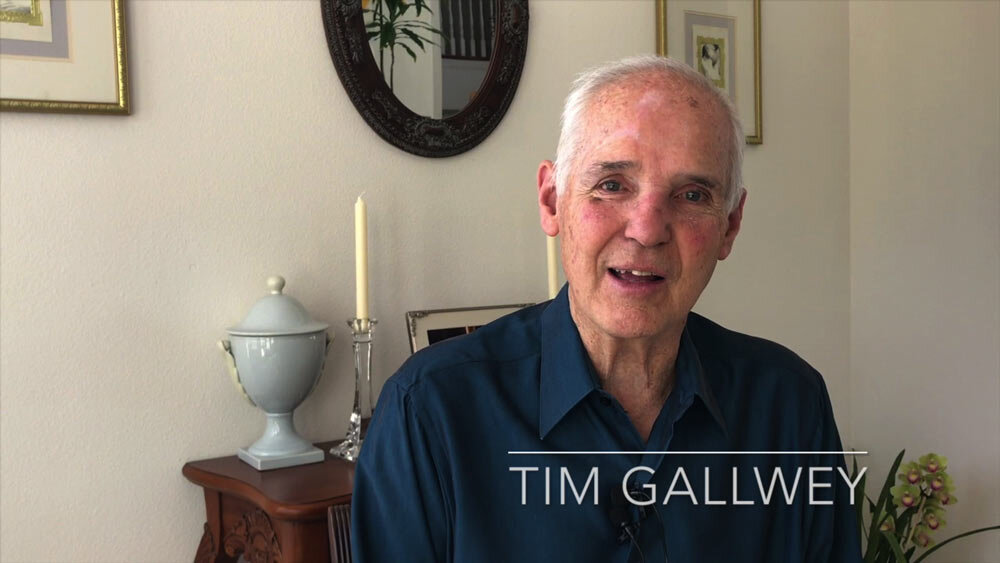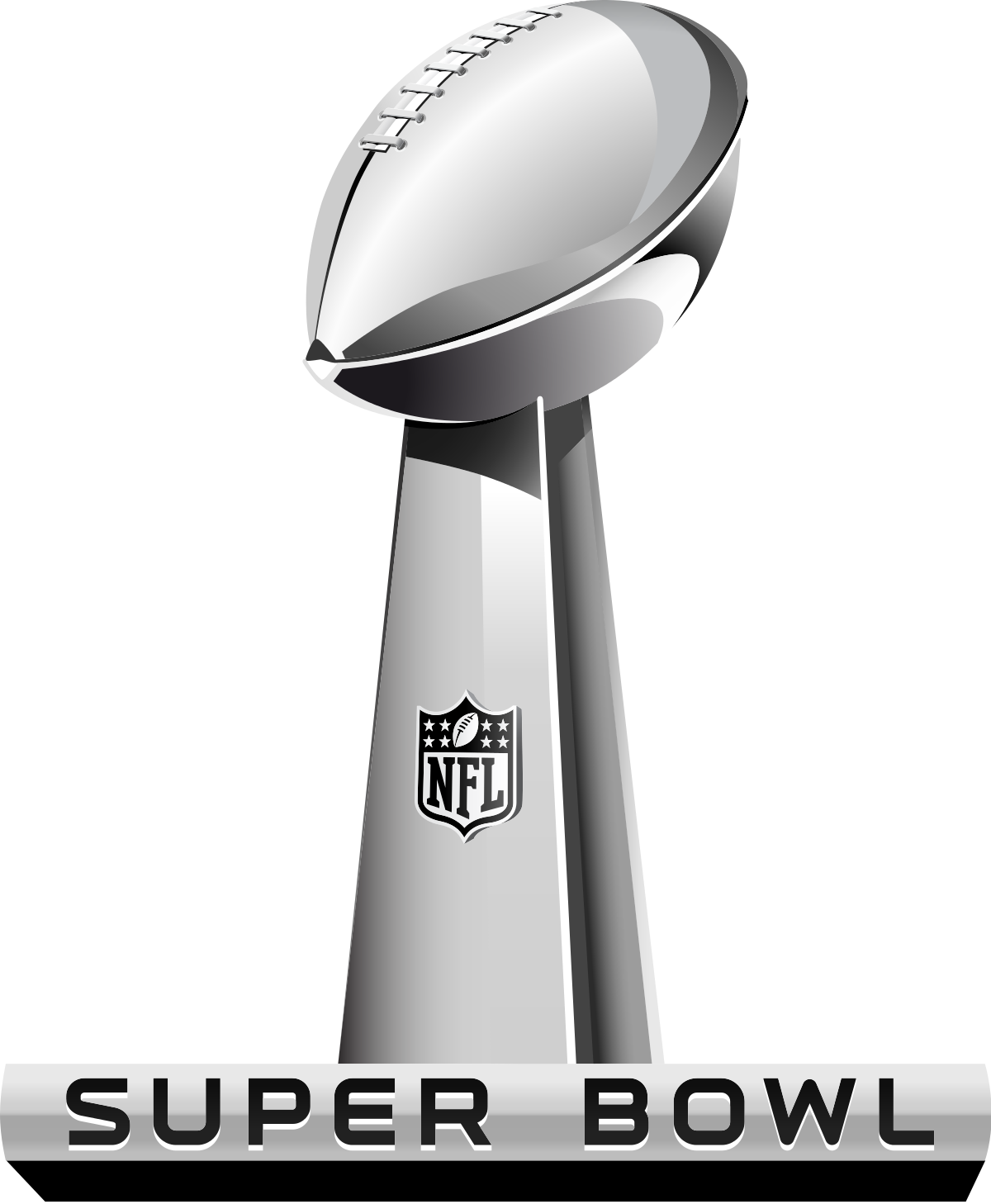The Secret to Tom Brady’s SUPER-Performance
By Bob Johnston | January 25, 2021
Each acclaimed in their sport by some to be the “best ever”, what does Tom Brady have in common with Billy Jean King, along with many other high achievers across the sports spectrum? They each credit Tim Gallwey and his Inner Game approach to sport and life as the source of their mental strength, when they needed it most, on sport’s global stage. What was the difference in Tom Brady’s performance in the NFC Championship Game against Aaron Rogers and the Green Bay Packers? What will be the difference in the 55th Super Bowl against the Kansas City Chiefs, Brady’s 10th?
A stinging loss inspires a quest: how to not beat yourself or how to optimize performance?
Imagine that you are a teen competing in a national tennis tournament against the #1 tournament seed. You are winning and serving “match point” for the upset victory. Spectators are abuzz. You hit a slicing serve to your opponent’s backhand and he manages a weak return that barely clears the net. You charge the net with ample time to hit a “winner”. Incredibly, something goes wrong and the tennis ball lands on the top of the net cord and sits there, balancing for a seeming eternity, before falling back on your side of the net. Back to deuce – the beginning of the end of your “run” in this tournament. Your opponent wins the rest of his matches to become “National Champion”.
For the next 15 years, you relive and share this story with anyone who will listen. This unexpected failure is a mystery. You wonder if you tell this story enough times to enough people, someone might illuminate you on what happened. No one does. This is the story shared with me in 1968 by Tim Gallwey, Inner Game guru. The solving of this mystery would become Tim’s life work and the answers would be embraced by Tom Brady and other SUPER-Performers for decades to come.
Our paths cross
At the time, Tim and I were both members of the Mackinac College community on Mackinac Island, Michigan, an experimental college founded in the late 60’s. Tim is a member of the school’s Administration and I’m a student. Tim shares this story over dinner with me and a couple of other students. It will not be the last time I hear it. One might say that, at least part of Tim’s persona, is defined by this disturbing mystery.
Tim and I become friends and tennis remains an important part of his life. He has earlier captained the Harvard Tennis team and is Mackinac College’s tennis coach. While not at Tim’s level, I’m athlete-enough to be teamed with Tim as a co-Athletic Director at a national youth conference in New York the next summer. During “down” time, we play some one-on-one basketball.
Solving the mystery of under-performance
During a sabbatical in ’71, Tim teaches tennis in his home state of California. He is looking for a different way to teach tennis, being dissatisfied with the result produced by the traditional approach to tennis instruction. He thinks there might be a new coaching methodology to be discovered and a new style to be developed by which to teach it. Repetition alone does not produce “high performance”, he finds. A tennis coach telling someone not to beat himself or herself, does not prevent the student from later suffering self-defeat. There needs to be a new language and new tools that diminish or eliminate self-limiting behaviors on the tennis court - as in life - that optimize performance. Tim reaches out to a mystic to solve the “mystery”, the Guru Maharaj Ji.
Tim’s meditative insights from his time with the Maharaj Ji, largely based on Zen, become the heart of his NYT’s bestselling book, The Inner Game of Tennis. The core “inner game” principles, as it turns out, are seminal, valuable not only for tennis, but valuable for all sports (golf, skiing, basketball, football, etc.) and, surprisingly, to many of life’s non-athletic endeavors (leadership, business, public speaking, etc.). Tom Brady is the “master” translator to football and, perhaps, more.
Our paths cross again
My path crossed Tim’s again in 1980-81 when I was an Associate at Synectics®, Inc (now Synecticsworld, Inc.), an innovation consultancy. One day the Synectics founder, George Prince, was exploring books across the street from our offices in Cambridge, MA., at the Harvard Coop and randomly picked up a copy of Tim’s book on the Inner Game. He was intrigued, so George called Tim. Tim had not heard of Synectics and became intrigued in how the firm was able to inspire transformations in organizations the way the Inner Game did with tennis students. Soon, they were exploring the possibility of an experimental program for Fortune 500 executives, blending the principles of the Inner Game with Synectics.
As a newer Synectics Associate, I had more available time than most in the firm. George called a meeting with me to share this possibility of a new program and to provide background on the Inner Game and Tim Gallwey. George had hardly begun to describe what the Inner Game was all about when my jaw dropped and I interrupted, “George, Tim and I are ‘old friends’ and I’m a fan of the Inner Game.” By the end of the meeting, George had invited me to become the “project manager” for the Synectics/Inner Game experiment.
Synectics meets the Inner Game
(Fast forward to the day before the 2-day experimental program to be held in the session rooms at Synectics and on the indoor tennis courts at Franklin Park in Boston. A dozen corporate executives and select Synectics’ staff would be the guinea pigs.)
Marvin Smith, a Synectics’ partner, and I met with Tim the day before the event to scout out the facilities at Franklin Park and to play a little tennis. Marvin and I occasionally found time to play tennis, after work. Following a warm-up rally, Tim asked Marvin to stand off court at the net. His job was to give me verbal feedback of my level of effort (“trying hard”) on a 1–10 (high) scale. My job was to stand at the net and “try hard” to return Tim’s forceful, but returnable, forehands.
While I received high marks from Marvin for my efforts, few of my shots landed in. A little later, Tim changed his instructions to Marvin and me. Now, Marvin was to give me verbal feedback on how “relaxed” I appeared when making a volley and I was to concentrate on being “relaxed” at the net, when making a return. At first, being “relaxed” was not easy. The feedback from Marvin was mostly low numbers: “2”, “4”, “2”, “3”. But, as the feedback came back in the higher range: “7”, “9”, “8”, “9”, the balls dropped in and several hit the lines.
Tim asked Marvin and me to switch roles. Same drill, same result. Lesson: relaxed concentration beats “trying hard” – every time. Watch Brady on the football sidelines sitting between offensive series, when his team is behind or ahead in the score, and you will see the living practice of “relaxed concentration”.
Making the familiar strange
The Inner Game/Synectics participants gathered the next day, in the office, for a morning immersion in the Synectics principles of invention, creative problem-solving and team-building. One of the Synectics techniques introduced to the group is the practice of viewing challenges or problems in ways that are not obvious. In Synectics methodology, it might mean making the “familiar strange” in order to explore new possibilities.
One example: “Excursions”, invite teams to take a “vacation” from the problem. Accomplished in a myriad of analogical and other ways, the reliable result is a new, bolder connection on a possible solution to the problem.
In the afternoon, we moved to Franklin Park for an immersion into the principles of the Inner Game on the courts.
Bounce Hit: how to quiet the inner voice
Perhaps, the easiest Inner Game tool to learn is “Bounce Hit”. It is simple. Tim’s request to the participants is, “whenever, the ball bounces on the court, say ‘Bounce’, and whenever the ball is hit by a racquet say ‘Hit’. Try it.” Everyone does and everyone’s accuracy with shot-making is dramatically improved.
This technique, all by itself, upped my game 20%, or more! How? According to Tim, “there can only be one inner conversation, going on at a time.” So, when you fill the inner silence with a “Bounce Hit” conversation, your inner self is free to perform, uninterrupted.
What if the animals on “Noah’s Ark” were taught the Inner Game: what might that look like?
One of the core tenets of the Inner Game is to quiet the “inner”, self-limiting voice we all hear inside our heads when we want to perform at a high level and succeed. Tim, speaking to the participants, following the “Bounce Hit” drill, “pick a favorite animal, any animal.” Then Tim asked us to mimic our chosen animal playing tennis.
George Prince was ahead of me in line when Tim provided the verbal instructions. George went lumbering onto the court, appearing to me to be a large galloping bear and hit a stinging forehand shot cross court. I followed with an imagined improv of how an armadillo might dart toward a lazy backhand stroke for a down the line winner.
What, if any, animal has Tom Brady envisioned on the field when he scrambles in the open field? Giraffe?
Synectics experience elevates Tim’s game
The Inner Game has a simple formula for why it works: Performance = Potential – Resistance. So, remove that “judgmental inner voice” and you get improved performance. OK, got it.
However, what explains Tim’s reflection following the program, “I played my best tennis looking back several years!” Since we can reasonably assume that Tim was able to control his “inner voice”, the Synectics experience might have unleashed his creativity on the court. If true, not only did his inner game help Tim’s performance, now, he was able to apply his creativity and imagination to his play, perhaps, for the first time.
Evaluating the experiment and the secret
When the time came, no one wanted the program to end. The evaluation forms provided all participants indicated that for most of the participants incoming expectations were exceeded and they would welcome an “Advanced” Inner Game/Synectics program. For me, the key takeaway was each organization’s intent to optimize performance and unleash imagination to create new value. Go Brady!
In a conversation with Joe Gammal, Synecticsworld Managing Partner, his take is:
Synectics mindset and methods reinforce the (Inner Game) equation in TWO ways. First, they dampen “Interference (↓)” both by creating a safe environment that calms that judgmental inner voice, as well as by introducing new playful creative ways to distract it. Second, they expand Potential (↑) by enriching the imaginative picture of success and enhancing the pull toward it.
Performance = Potential ↑ (by Imagination) — Interference ↓ (by Creative Safety)
Contact Bob Johnston, Founder and Managing Partner of Strategy Innovation Group, LLC
781.784.7841 | LinkedIN Profile




